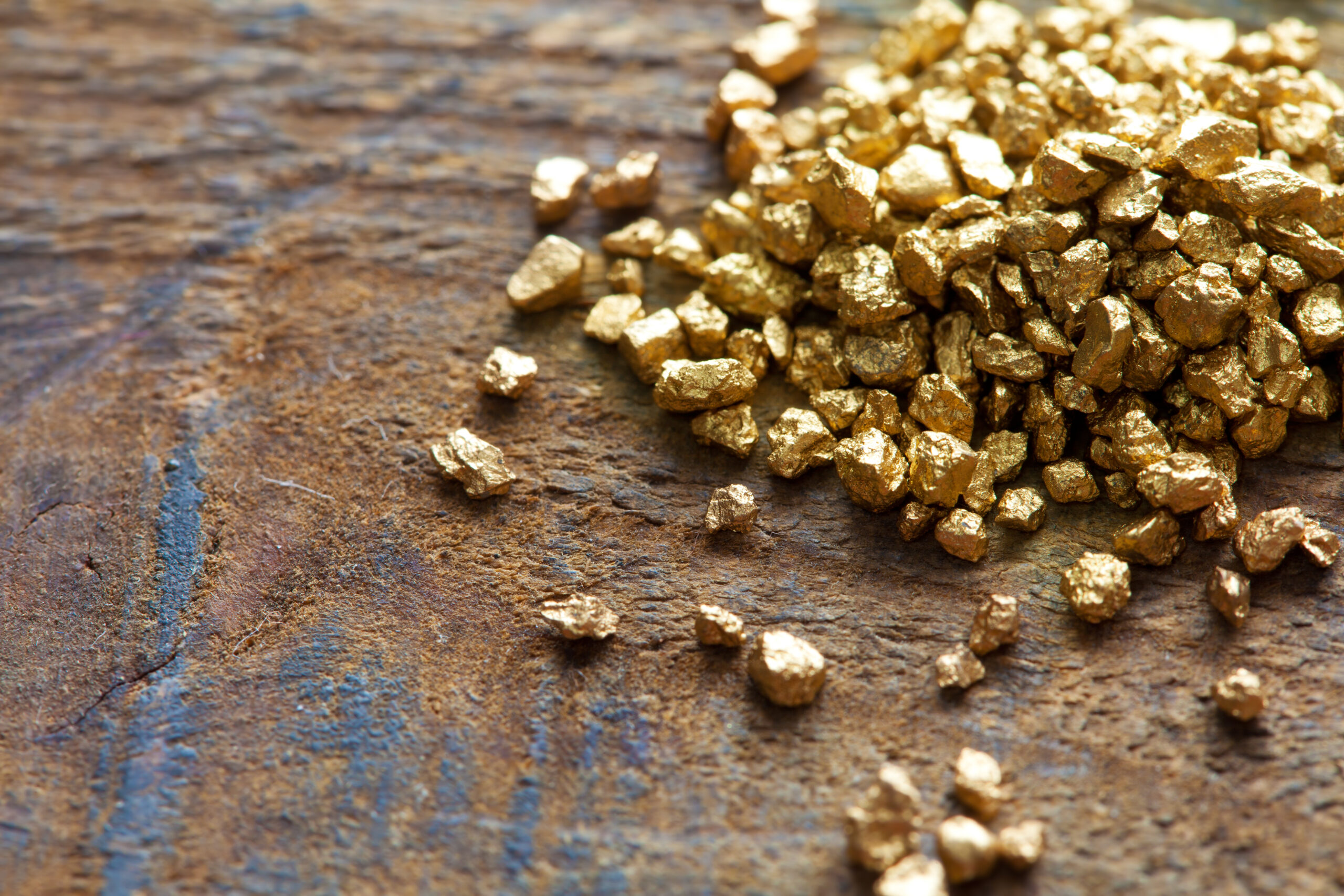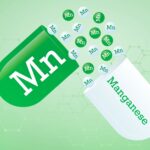
Tokenization of Gold Mines
The tokenization of gold mines – the key role of blockchain in the transformation of the mining industry
The tokenization of real-world minerals could grow to a T$10 market by 2030, with gold at the center of its rise. Thanks predominantly to the emergence of blockchain technology, it’s now possible for people to buy a digital fraction of real-world minerals such as gold and other precious metals.
But how exactly does the tokenization of gold mines work? What is the role of blockchain? And what are some of the pros and cons of this form of digital investment?
Here, we provide an overview of tokenized gold and reveal the crucial role that blockchain plays in the execution of smart contracts that make this form of investment so popular right now.
What is the tokenization of gold mining?
The tokenization of the gold mining industry means that investors can now buy tokens of real-world gold to diversify their investment portfolios. In a nutshell, tokenization converts the ownership of real-world assets into digital tokens, which exist on a blockchain.
As a result, these real-world assets become digital tokens, which can be traded as digital securities on digital asset platforms. The primary way for people to buy tokenized gold is via cryptocurrency like Bitcoin, Litecoin, Ethereum, and other currencies.
There are many benefits to the tokenization of gold and other minerals, mainly that the process makes mineral investing much more accessible to millions more people, while increasing the transparency of these investments as a whole.
How does tokenized gold work? The key role of blockchain technology
Central to tokenized gold is blockchain technology, which is known fundamentally for its role in underpinning cryptocurrencies like Bitcoin.
A blockchain is a decentralized digital ledger that is used to create and record transactions, which cannot be altered, manipulated, or changed, which is key to the security and transparency of the process of tokenization.
Specifically relating to the tokenization of gold, the blockchain creates digital tokens to resemble the real-world tangible asset of gold. These tokens then represent a digital share of the real-world asset, and can be traded on digital platforms.
Every token that is created on the blockchain is recorded and immutable, significantly enhancing the transparency of digital trading.
Crucially, it means that anyone with access to the Internet and a digital wallet can buy a gold token, which is essentially a fraction of the real world asset it is pinned to.
In other words, blockchain democratizes gold investments and makes it much easier for people all around the world to buy a share in gold, albeit in the form of a digital token.
The process involved in gold tokenization
As you now know, blockchain technology is behind the process of gold tokenization. But how exactly does it work? Well, there are several key characteristics to the tokenization process that you should be aware of:
Secure & transparent digital transactions
One of the key characteristics of all digital gold tokens is that they are 100% transparent. Created and logged on the blockchain, these tokens cannot be manipulated or changed in any way, meaning that they are extremely transparent and secure for both buyers and sellers.
The execution of smart contracts
Underpinning all digital tokens are smart contracts, which are self-executing. These contracts are the agreements by which tokenized gold is traded. As they are fully automated, they eliminate the need for intermediaries, which is a key stumbling block in the real-world trading of gold and other precious minerals.
Seamless ownership transfer of digital assets
As all transactions are recorded on the blockchain, the transfer of gold tokens is instant and easily traceable. Among other things, this increases the liquidity of the asset, as practically anyone can buy and sell gold tokens on established digital trading platforms.
Enhanced traceability
Given the greater focus on corporate social responsibility amidst tighter ESG standards, the tokenization of gold provides enhanced traceability, as the gold can be traced from the mine to the market.
The impact of tokenized gold on the market – weighing up the pros and cons
What does all of this mean for the gold mining industry as a whole? Well, tokenization has revolutionized one of the world’s oldest assets – gold – with a distinct modern twist. As a digital asset class, gold is worth more than $1.06 billion in 2024, highlighting the trust that investors have in blockchain technology.
But before investing in tokenized gold, be sure to weigh up the pros and cons of the process, as detailed below:
✅ Wider accessibility
Gold investments are no longer reserved for the mega rich. Today, anyone with an Internet connection and a digital wallet can buy tokenized gold, significantly increasing accessibility and making this digital asset class available to the masses.
✅ Increased liquidity
There are lots of digital platforms on which tokenized gold can be traded, increasing its liquidity when compared to traditional gold trading. This is a huge plus point for investors who want to trade based on the current market conditions.
✅ Fractional ownership
One of the main ways that tokenization differs to conventional mineral trading is fractional ownership. Digital investors can buy tokens that represent a fraction of the ownership of the real-world asset, which means that those with small budgets can still get a slice of the action.
✅ Enhanced security
Tokenized gold is immutable and tamper proof. When a transaction is logged on the blockchain, it cannot be changed in any way. As a result, tokenized gold significantly enhances the security of all transactions, particularly when compared to traditional gold investments.
❌ Smart contract vulnerabilities
The biggest risk to tokenized gold is smart contract vulnerabilities. As these contracts are self executing, they can be vulnerable to errors and bugs.
❌ Cybersecurity risks
As a 100% digital asset, tokenized gold – like all other digital assets – is at risk to cyber crime. As a result, it’s so important to enhance the online security of your tokenized gold with measures like 2FA.
Conclusion
Blockchain plays a key role in the tokenization of gold mines. A digital fraction of the real-world asset is created on blockchain technology, enabling people from all around the world to buy this asset class to diversify their investment portfolios.
These assets are traded thanks to self-executing smart contracts, and the presence of numerous digital trading platforms increases the liquidity of the asset and ensures greater transparency and security.
Though there are some small risks attached to investing in tokenized gold, the benefits undoubtedly outweigh them, as they make gold investments much more secure and much more accessible to the masses.


